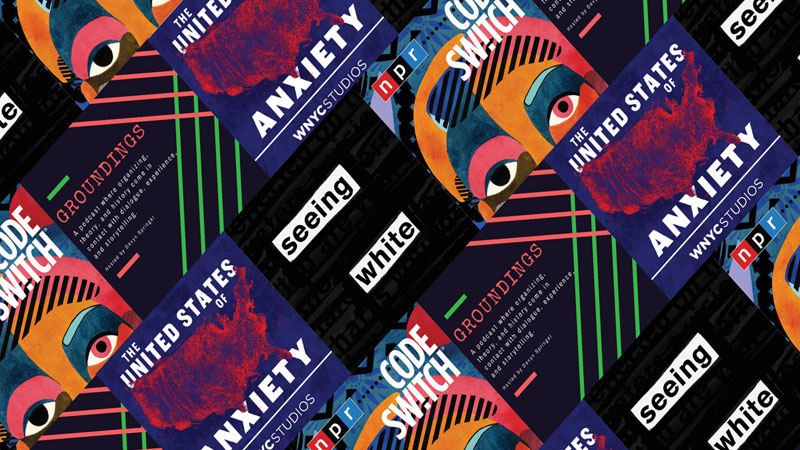Tackling Graphic Design’s Relationship With Race

In new book The Design of Race, Peter Fine discusses how technology, graphic design, typography and photography have all influenced ideas of race in America
Peter Fine has been exploring the relationship between race and graphic design for the last ten years, consolidating his research in his new book which discusses the impact of visual culture on our understanding of and assumptions about race.
The book focuses on three specific visual areas – typography, lithography and photography – which Fine says all helped “fix” racial stereotypes in the 19th century in the US. “The way in which race is constituted in the United States’ imagination is unique in its polarising mythology relative to other nations and regions, even those that are also highly impacted by colonisation and the slave trade,” writes Fine, an associate professor of graphic design at the University of Wyoming, who’s been teaching for 16 years. “The explicit black-and-white nature of this mythology has magnified its visual nature, and the broad worldwide influence of US culture has further intensified its reach.”
Fine emphasises that if designers are to create work ethically, they need to understand the full historical significance of different forms – something that’s particularly crucial amidst increased scrutiny over the kinds of language and images used to discuss race in online media.
“The field has almost entirely ignored race as a subject while racial representation across a plethora of visual and material forms has defined how representation occurs in US culture”
While Black Lives Matter has catalysed a wave of conversations around race, the field of graphic design has, arguably, felt strangely absent from the discussion. While many are aware that the creative industry at large isn’t representative, less time has been spent considering graphic design and visual culture’s historic role in perpetuating stereotypes around race, or excluding people of colour.




